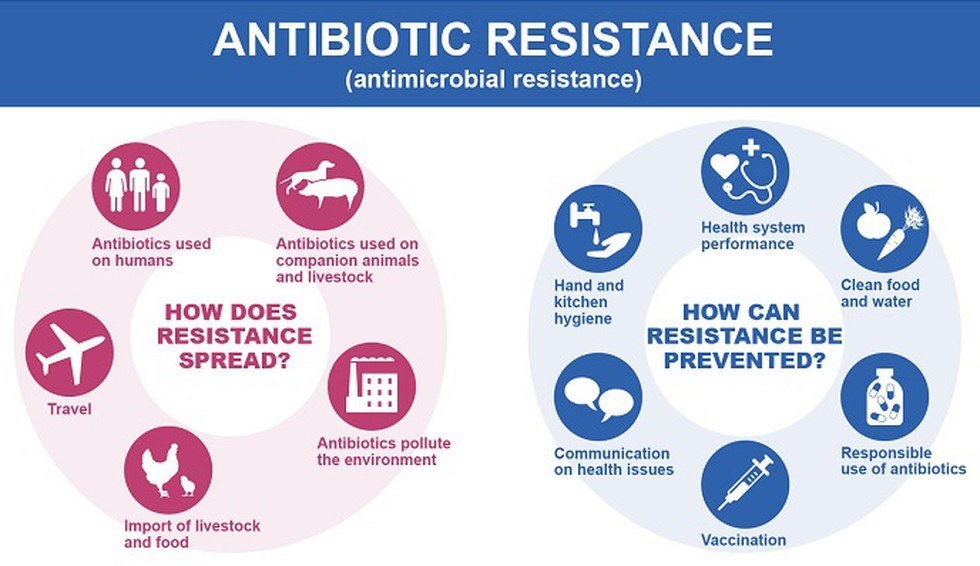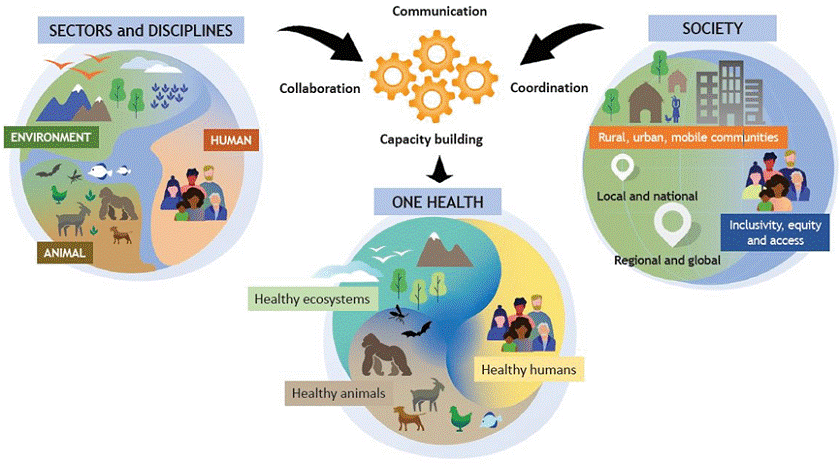7667766266
enquiry@shankarias.in
Anti-Microbial Resistance (AMR) is one of the biggest challenges which threatens the global public health.
World Health Organisation (WHO) has declared that AMR is one of the top 10 global public health threats facing humanity.
Present Situation of AMR

What are the issues with AMR?
“AMR challenges cannot be understood or addressed separately from the triple planetary crisis – the crisis of climate change, the crisis of nature and biodiversity loss, and the crisis of pollution and waste”
- UNEP Executive Director Inger Andersen
International efforts

National efforts
What measures are needed to combat AMR?
References